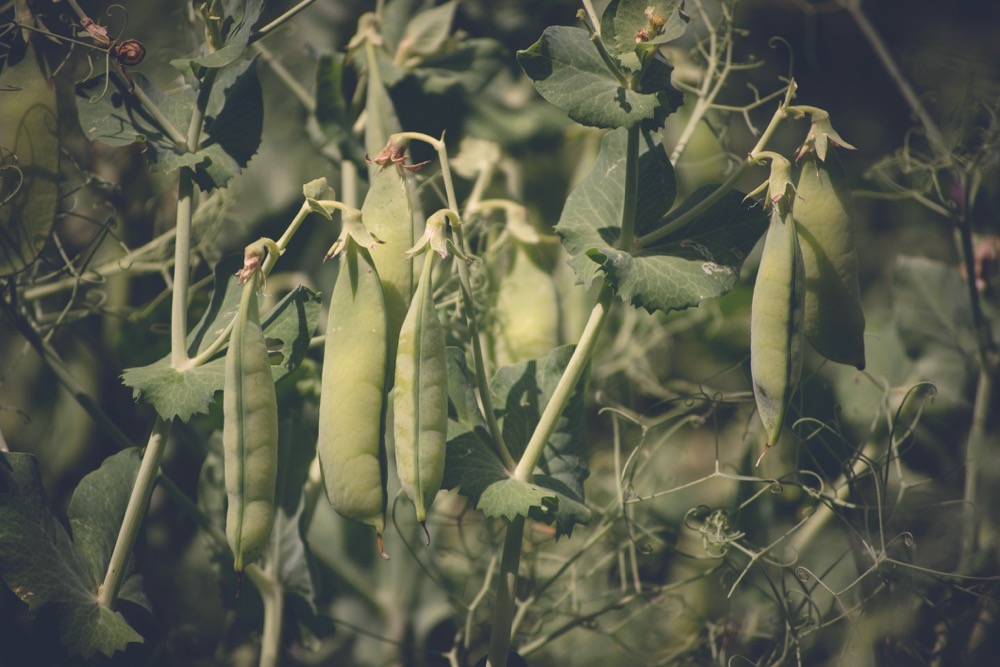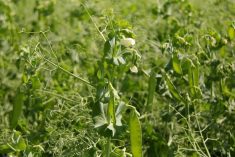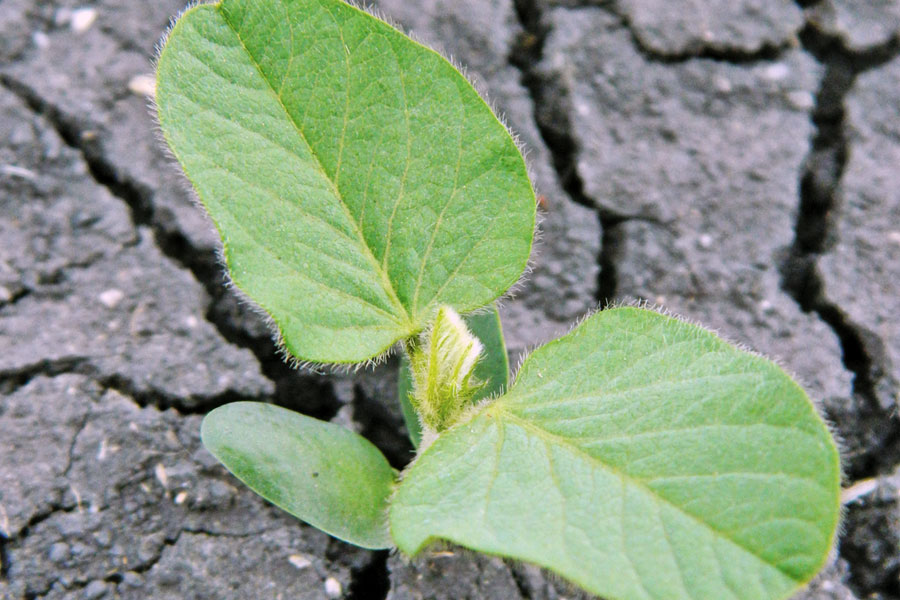The devil’s in the details when it comes time to desiccate your pea, lentils and chickpeas. And with pulses worth more than they’ve ever been, it pays to have as smooth a harvest as possible. Here are a few fundamentals to keep in mind:
The first step is to determine the natural maturity of the crop by watching the colour change from green to yellow, as well as the seed maturity. Desiccating too early can lead to yield, grade and quality losses.
Next, make sure you apply your desiccant at the right time of day — ideally in cooler lower-light conditions as you move into the evening. Desiccants work by bursting cells on the plant’s leaf surface to release moisture.
Read Also

Seed costs spark new interest in planters for canola
High seed costs and low grain prices are renewing debate over planters in canola. Experts weigh seed savings, fertilizer limits and agronomic trade-offs.
Before you spray your desiccant, make sure you’re using the right rate and water volume. True desiccant products work on contact, drying down any green material they hit. Spraying with higher water volumes help ensure that you cover all areas of the plant to get uniform drydown.
Keep in mind that pulses have the ability to keep growing and flowering. Applying a systemic product will help shut down the plant’s growth and thin out the canopy five to seven days prior to when you’d want to go in with your desiccant.
This agronomic tip is brought to you by Carolyn Ruzicka, agronomic service representative, South Saskatchewan, with Syngenta Canada.















